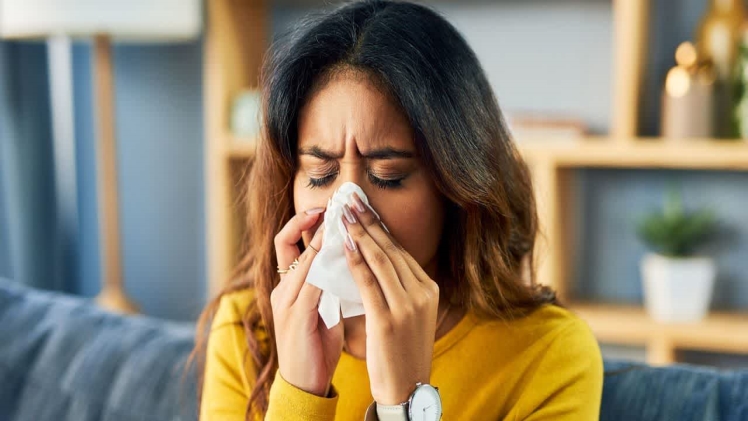For many people, allergies can make life difficult. A runny nose, itchy eyes, and sneezing fits can disrupt the day-to-day activities we enjoy. But by creating an allergy-friendly home environment, you can reduce your symptoms and create a comfortable place to live.
In this article, we’ll discuss the importance of air filtration as well as ways to reduce dust and pet dander in your home. We’ll also talk about different materials that are less likely to trigger allergic reactions such as hardwood floors or hypoallergenic bedding and furnishings that can help alleviate some common allergy symptoms. Finally, we’ll provide tips on general maintenance tactics that will help ensure your home is free from allergens all year round.
The Importance of Air Filtration
Having good air filtration in your home is essential for maintaining an allergy-friendly environment. Here are some of the benefits of air filtration:
-Reduces dust, pet dander, and other particles in the air that can cause allergy symptoms
-Cleanses the air of contaminants such as pollen, smoke, and mold spores
-Helps reduce the number of allergens in your home, making it easier to breathe
These are just a few of the benefits of air filtration. You can talk to your doctor about what kind of air filtration is best for your home and find one that fits within your budget.
Ways to Reduce Dust & Pet Dander
Dust and pet dander are two of the most common sources of indoor allergies. To reduce these allergens, it’s important to keep your floors clean by vacuuming regularly and using a vacuum with a HEPA filter that captures small particles. Additionally, it’s important to keep pet areas clean and free of fur and dander.
Another great way to reduce dust is to install a portable dehumidifier in your home. A portable dehumidifier will absorb moisture in the air, reducing the chance of mold and mildew growth which can aggravate allergies.
Materials That Reduce Allergies
Choosing materials in your home that are less likely to trigger allergic reactions is important. Here are some materials that can help reduce allergy symptoms:
- Hardwood floors instead of carpets, which trap dust and allergens
- Hypoallergenic bedding such as cotton or bamboo sheets and comforters
- Furnishings made from synthetic materials like polyester and olefin
- Rugs with short pile fibers like wool or sisal
General Maintenance Tips for Allergy-Friendly Homes
Keeping an allergy-friendly home requires some general maintenance. Here are some tips to help you keep your home free from allergens:
- Make sure windows are shut and doors are sealed during the high pollen season.
- Clean air ducts regularly to prevent the build-up of dust and allergens.
- Vacuum frequently using a vacuum with a HEPA filter.
- Avoid hanging clothing or blankets on radiators as they can trap warm moisture and increase the risk of mold and mildew growth.
- Use a dehumidifier to keep humidity levels low.
- Change air filters in your HVAC system regularly to ensure optimal air quality.
- Have carpets professionally cleaned every 6-12 months which will help reduce the presence of dust mites and pet dander.
Natural Remedies
In addition to reducing the presence of allergens in your home, there are a few natural remedies that can help alleviate allergy symptoms. Eating local honey, using a neti pot or nasal rinse, and drinking plenty of herbal tea can all help reduce sinus congestion. Herbal supplements such as Echinacea and Stinging Nettle may also provide relief for some.
By following these tips and using natural remedies, you can create an allergy-friendly home environment that helps reduce your symptoms and keep your family comfortable all year round.
Ultimately, creating an allergy-friendly home is an important step in reducing the presence of allergens and keeping your family healthy. The tips outlined above will help you keep your home environment free from dust, pet dander, pollen, and other allergens that can cause health issues. Additionally, using natural remedies can help alleviate symptoms for those who are prone to allergies.

